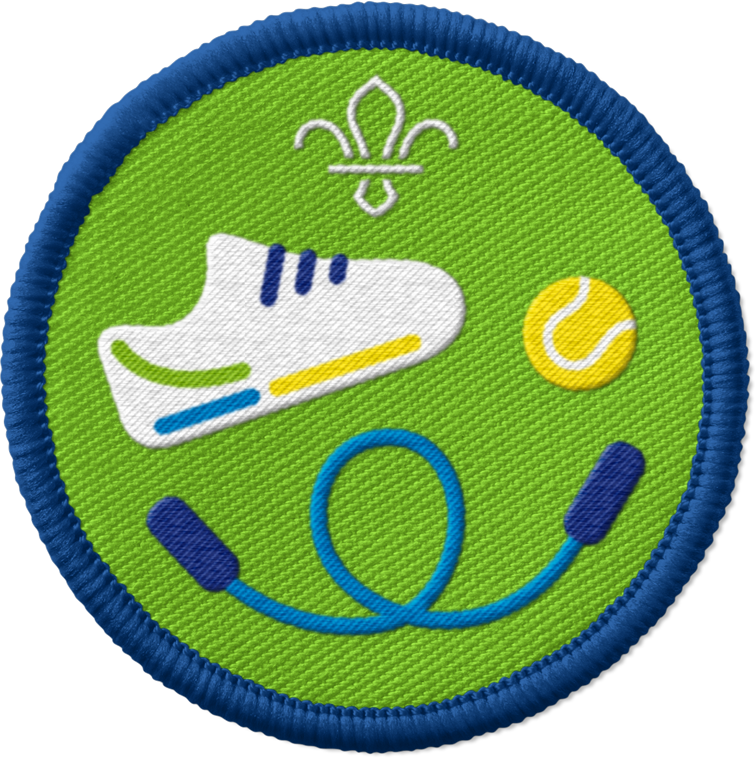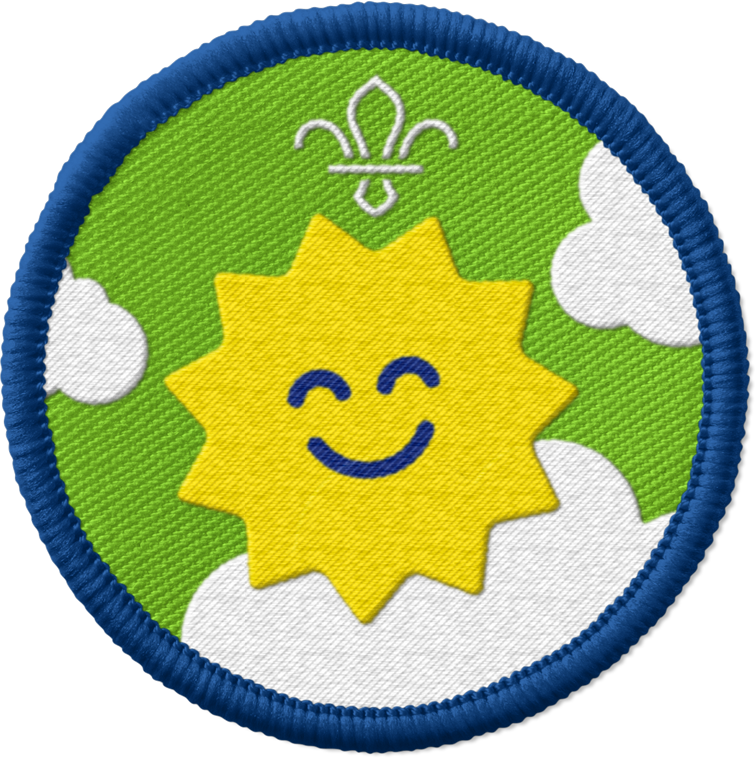
Play Hit The Tombstone
You’ll need
- Tape measure
- Something to mark lines (for example, chalk, masking tape, or rope)
- A small wooden block approximately 3 inches (8 cm) in length with enough for one per person
- Lots of objects that vary in their shape and size
Before you begin
- Use the safety checklist to help you plan and risk assess your activity. Additional help to carry out your risk assessment, including examples can be found here. Don’t forget to make sure all young people and adults involved in the activity know how to take part safely.
- Make sure you’ll have enough adult helpers. You may need some parents and carers to help if you’re short on helpers.
시작하기 전에 (Before start)
- Find a flat space to play this game on. Using the tape measure, mark two lines on the floor that are approximately 3 metres apart.
- You could get everyone to write their name on their tombstone or decorate it, so you can easily tell them all apart during the game.
게임하자 (Let’s play)
- Explain to everyone that this a traditional Korean game, which is typically played in pairs in Spring or Autumn. The game challenges everyone’s balancing, throwing and accuracy skills to score points and move onto the next round.
- Everyone has their own wooden block, called a tombstone. The aim is to knock your partner’s tombstone over.
- Explain that in pairs, one person will choose an object. They will then place their tombstone on, in-front, next to or behind that object. Their partner then stands on one leg and throws their tombstone at their opponents to try and knock it over.
- Everyone should now get into pairs and decide between them who is going first.
- Now, each pair can choose an object and place it on one of the lines on the floor. The objects will change each round so everyone will have a chance to use a variety of objects.
- In each pair, the person going first should place their tombstone near the object.
- When they’re ready, the second person should stand on one leg and throw their block at their opponent’s tombstone.
- If a tombstone is knocked over, the first player can collect their tombstone ready for the next round.
- If the person throwing misses, they should take one hop closer towards their opponent’s tombstone. They should try that level again, and only move on if they successfully knock down the tombstone.
- The pair should then swap over and repeat the activity to give the other person the chance to knock over a tombstone. The person who had their tombstone knocked over in the last round is now the thrower, and the person who was throwing is now placing their tombstone to be knocked over.
- After everyone has finished this round, ask the pairs to replace their object with a different one and repeat steps four through to seven.
- In each round, when everyone is putting their tombstones near the object, ask the players to place the wooden block somewhere different to where it was in the last round.
Example levels
Take a look at the example levels for where to place the tombstone in the game.
- Level 1 – place the tombstone 30 cm in front of the object
- Level 2 – place the tombstone 10 cm in front of the object
- Level 3 – place the tombstone on top of the object
- Level 4 – place the tombstone at the right-hand side of the object
- Level 5 – place the tombstone at the left-hand side of the object
- Level 6 – place the tombstone 30 cm behind the object
- Level 7 – place the tombstone 10 cm behind the object
Reflection
This activity encouraged you to problem-solve and try something new. How many of the levels did you manage to complete? Were any levels more challenging than others? Think about where the tombstone was placed and whether that made a difference to how hard the game was. The activity was about completing the challenge by yourself, but did you help anyone at all with any of the levels? If so, how did you help them? Think about whether you gave them advice of even moved the tombstone slightly to make it easier for them.
Safety
All activities must be safely managed. You must complete a thorough risk assessment and take appropriate steps to reduce risk. Use the safety checklist to help you plan and risk assess your activity. Always get approval for the activity, and have suitable supervision and an InTouch process.
- Active games
The game area should be free of hazards. Explain the rules of the game clearly and have a clear way to communicate that the game must stop when needed. Take a look at our guidance on running active games safely.
You can have as many or as few levels as you can think of, depending on your group’s ability and the length of your meeting.
If someone struggles to hop or stand on one leg, you can let them stand on two legs or even sit on a chair. If needed, you can let someone start closer to the object if they need too.
All Scout activities should be inclusive and accessible.
There are lots of traditional games which originate from Korea, have a look at some others and bring them into another meeting.
This activity lets young people challenge their skills, take part in activities from Korea and take part with the World Scout Jamboree.






